Photographing 49 - Tips on Documenting the US Super SLam THrough Photos
Our photos have come a long way since our inception in the spring of 2016. Our development in photography hasn’t been without it’s problems. The US Slam presents unique challenges for film production in spatial distribution, unique temporal challenges, and challenges in logistics unlike any of the production challenges we faced previously.
Below are outline some of the things we’ve learned along way. It is our hope that these lessons may help you guys document your own journeys. As always, feel free to drop questions in the comments section below or to reach out to us via email or social media.
Equipment Guidelines
When it comes to photography, we are always receiving questions on gear. While lenses and camera bodies certainly play a roll in how your photos turn out, there are many other considerations that I would consider to be more important when planning and taking your harvest photos.
That being said, below I have outlined the photography kit we carry on most of our trips. Below we will talk more about the designated purpose for each of the lenses we carry. All this being said, gear is no replacement for two key elements in photography: lighting and creativity. We will expand on this idea below.
Our kit is generally as follows:
Camera Body
Sony A7 series
Lenses
18 mm 2.8- wide angle, wide scenes, landscapes, unique closeups
35 mm 1.4- medium portrait lense. MOST used lense in our kit.
50 mm 1.4- portrait.
90 mm 2.8- super close ups of all things turkey. Also doubles as a portrait lens.
70-200 mm 2.8- Second most used lense. Wides, landscapes, portriats. Very functional.
Lighting and Creativity
To us, these to factors are the most important when it comes creating imagery that carries the sort of impact we hope for. First things first, bad lighting cannot be overcome. What do we mean by bad lighting? Shadow. Heavy shadow and harsh light kills every photo, regardless of subject place of beauty of the landscape. Extensive editing is not a replacement for GOOD light. For broad strokes, we define good light as: flat even lighting across the image that allows the viewers eye to be drawn to the subject naturally.
Creativity is the second key element to this equation. It is easy to fall into “routines” with photography. We often catch ourselves repeating shots. Look at our social media and you will see this is true. I don’t have a great answer for how to get around this, BUT I suggest trying 3-4 new photo angles a day, sometimes they will work, other times they won’t, but we firmly believe in trial by fire.
3 Keys to Success
1- Lighting. We cannot reiterate this enough. THIS IS THE KEY to good photos
2- Creativity. How are your photos different? This is something we spend a lot of time considering.
3- Planning. Going into your hunt have a plan for how you want your photos to look and what you want to capture.







